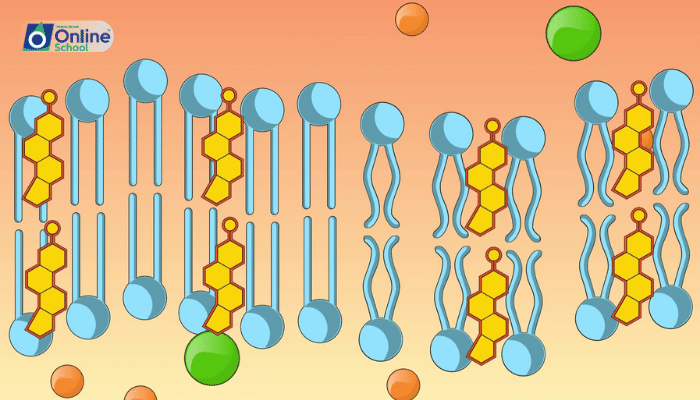
Learning Outcomes:
i. Students will describe the different methods through which substances move across cell membranes.
ii. They will distinguish between passive and active transport mechanisms and understand the principles of diffusion, facilitated diffusion, osmosis, filtration, active transport, endocytosis, and exocytosis.
Summary of Lesson:
Cells, like bustling cities, need a steady flow of materials to come in and out. This lesson delves into the various transport mechanisms that cells employ to maintain this vital exchange, enabling them to acquire nutrients, expel waste, and regulate their internal environments.
Content:
i. The Essentials of Cellular Transport: Cells use several methods to move substances across their membranes, each with its own set of rules and purposes.
ii. Diffusion: The Natural Flow: Diffusion is the passive movement of particles from an area of high concentration to an area of low concentration until equilibrium is reached.
iii. Facilitated Diffusion: The Guided Passage: Facilitated diffusion also moves substances down their concentration gradient but through specific protein channels or carriers in the membrane, allowing molecules that cannot directly pass through the lipid bilayer to enter or exit the cell.
iv. Osmosis: The Water Channel: Osmosis is a special type of diffusion involving water. It is the movement of water molecules from an area of low solute concentration to an area of high solute concentration across a semipermeable membrane.
v. Filtration: The Pressure-Driven Separator: Filtration is the movement of water and solutes across the cell membrane due to hydrostatic pressure differences across the membrane.
vi. Active Transport: The Energy Consumer: Active transport requires energy, typically in the form of ATP, to move substances against their concentration gradient.
vii. Endocytosis: The Cellular Ingestion: Endocytosis is the process by which cells engulf substances into a pouch which then becomes a vesicle within the cell.
viii. Exocytosis: The Cellular Expulsion: Exocytosis is the process by which the contents of a cell vesicle are released to the exterior through fusion of the vesicle membrane with the cell membrane.
List of Important Questions for Self-Study:
i. What is the difference between passive and active transport?
ii. How does the concentration gradient affect diffusion?
iii. Why is facilitated diffusion necessary for certain molecules?
iv. What is osmosis, and why is it important for cell survival?
v. How does filtration differ from other forms of transport?
vi. What types of substances typically require active transport to move into or out of a cell?
vii. Describe how endocytosis and exocytosis function in cells.
viii. How do cells use ATP in active transport?
ix. What might happen to a cell in an isotonic, hypertonic, or hypotonic solution?
x. How can disruptions in cellular transport mechanisms affect an organism's health?
Important Terminologies Used in Lesson:
Diffusion: The passive movement of particles from an area of high concentration to an area of low concentration.
Facilitated Diffusion: The process of spontaneous passive transport of molecules or ions across a biological membrane via specific transmembrane integral proteins.
Osmosis: The diffusion of water through a selectively permeable membrane from an area of low solute concentration to an area of high solute concentration.
Filtration: The process that separates a solid from the liquid in a heterogeneous mixture through a barrier that allows the liquid to pass but not the solid.
Active Transport: The movement of molecules across a membrane from a region of their lower concentration to a region of their higher concentration—against the concentration gradient, requiring energy.
Endocytosis: The process by which cells internalize substances from their external environment.
Exocytosis: The process by which contents of a cell are released to the exterior through vesicles that fuse with the plasma membrane.